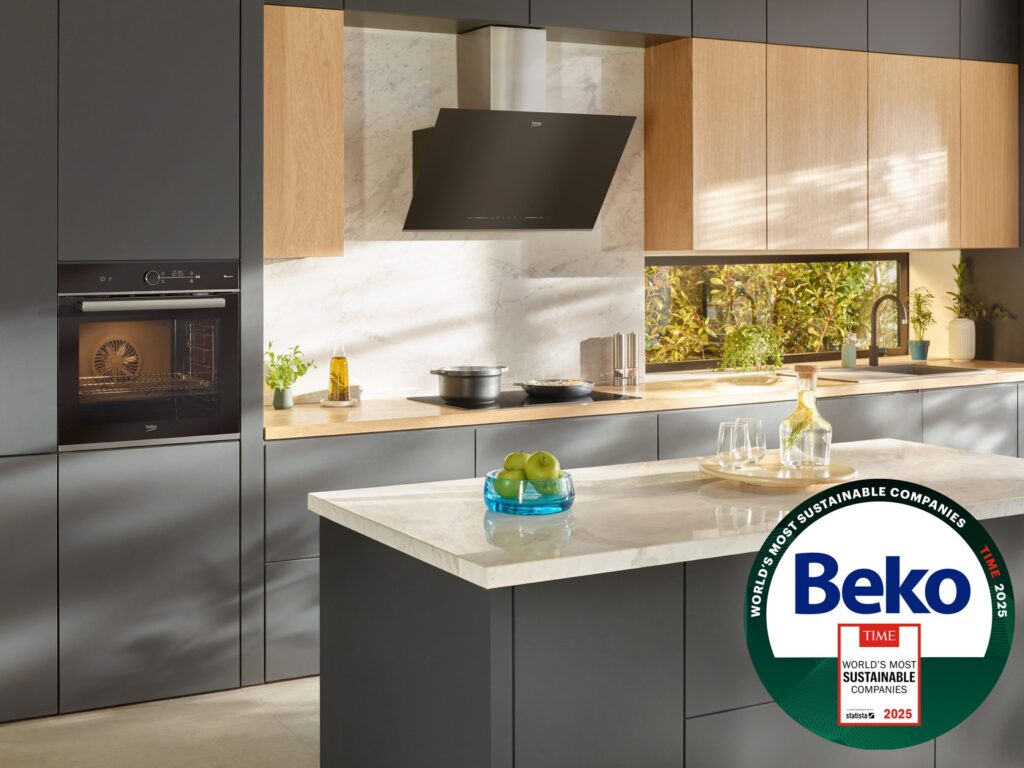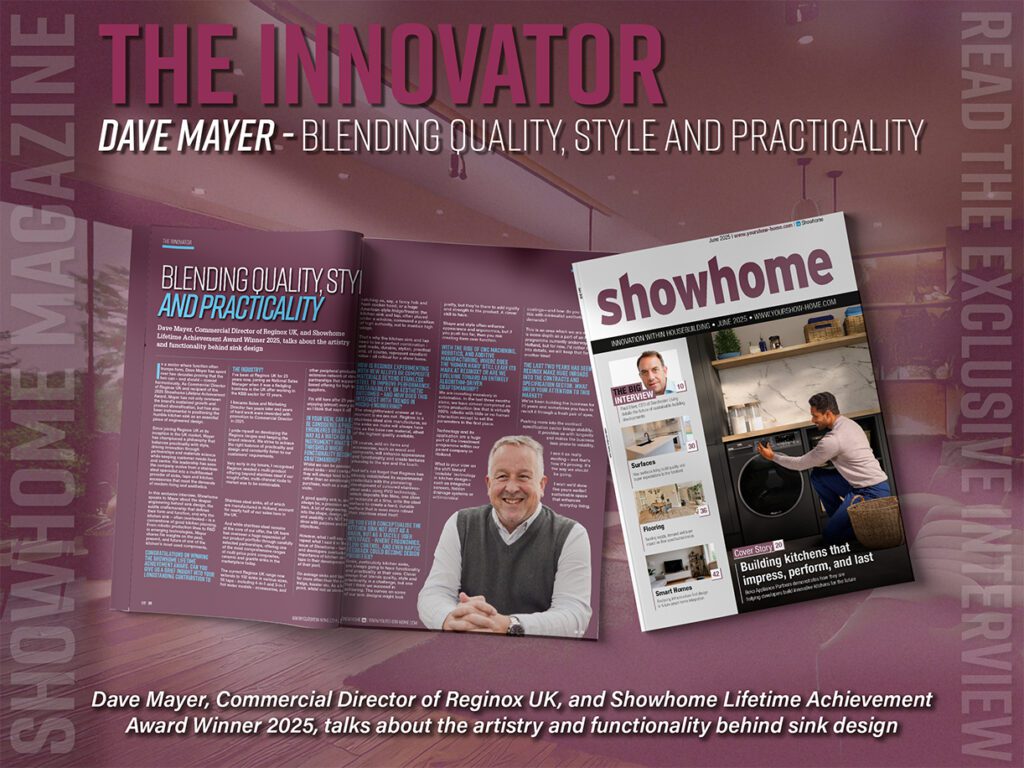Russell Roof Tiles is set to transform the pitched roofing landscape with the launch of Bute3 – a precision-engineered, triple interlocking roof tile that delivers speed, strength and sustainability for the modern housebuilder.
What new products or services would you like to tell readers about?
Speed and ease of installation is always an issue with construction and is a constant focus for our new product development team. The market has grown consistently over the past 30 years for thinner concrete roof tiles, but quality and tile strength have always been a major challenge for manufacturers.
Russell Roof Tiles has addressed these issues head-on, with a new tile about to be launched called Bute3® that utilises the latest pioneering technology and precision engineering to create a multifunctional triple interlocking roof tile, which meets the demands of both planners and installers.
Bute3®’s triple-tile format allows for excellent coverage with only 10.9 tiles per square metre, significantly reducing the number of tiles needed compared to traditional plain tiles. Helping to speed up installation, being more sustainable and also have the right look demanded by the market.
This revolutionary new roof tile which is 33 per cent quicker to install than similar tiles, supports the government’s ambition to accelerate housebuilding and deliver 1.5 million homes over this Parliament.
The design and colour options provide a real alternative to small-format concrete, natural clay, and slate roof coverings.
Andrew comments “Innovation has always been at the heart of our business: we were the first manufacturer to launch a thin leading-edge interlocking tile – the Galloway – and today continue to work hard on development and new ideas.
“We have invested more than £2 million just in the design and development of our latest new product, pushing the boundaries of concrete roof tile manufacturing. Our ambition is to revolutionise the UK pitch roofing market, in particular for housebuilders.
“We continue to invest in products sites, our people and services to not only meet demands but offer solutions and new ideas. The market requires suppliers who have a dynamic approach and to invest in product innovation to help developers. Bute3® will offer speed, flexibility, and environmental benefits, offering a viable alternative to clay and slate tiles.”
What issues or challenges are facing the sector at the moment and how is your company responding to these?
One of the main issues which the sector continues to grapple with is the aftermath of Grenfell Tower. The tragedy had a profound impact on the sector resulting in heightened scrutiny of building regulations and increased concerns over materials. This disaster spurred a major regulatory overhaul, leading to stricter safety standards and greater accountability, particularly in specification, it triggered the establishment of the Building Safety Regulator (BSR) and the Building Safety Act, to oversee construction practices.
New regulations also emphasise the importance of an integrated approach. This is an area which is a huge problem, with roofing it is important to ensure that the focus is on the “whole roof” in terms of specification of materials and installation. The frequent “mix and match” approach to using various products from different manufacturers, in terms of specification for tiles, accessories and fittings can also frequently causes long-term problems. Products are designed by manufacturers to perform and work seamlessly together.
Housebuilders should ensure they are confident specifying the right products from the same manufacturer, to ensure a long-lasting and reliable roofing solution. Manufacturer specifier guarantees offer the assurance that the customer is receiving a high-quality and sustainable roofing product from a credible company.
Andrew adds “It is vital that those specifying roofing solutions partner with manufacturers who are aware of the latest standards, expectations and compliance. Against this backdrop of tightening legislation specifiers must work even closer with manufacturers to consider both effectiveness, cost, and safety.
“There is a delicate balance between perceived initial cost savings, future liability and quality. As well as the risk of a greater cost where substitutions don’t carry the same warranties or even invalidate guarantees offered by the original manufacturer.”











